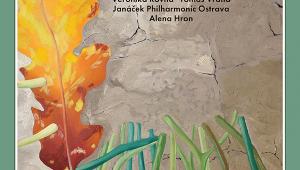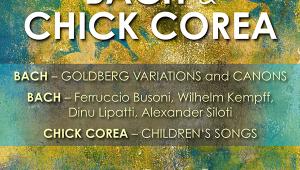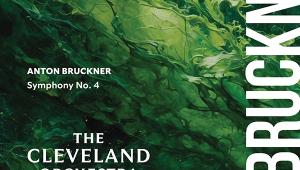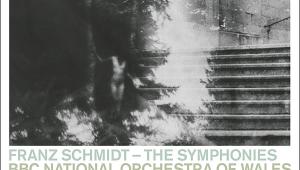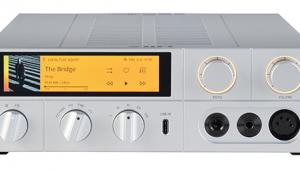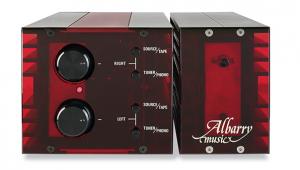Classical, March 2023
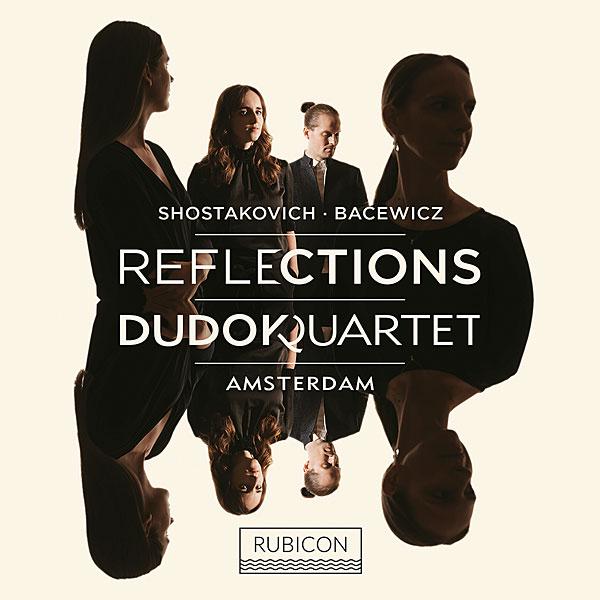
 Dudok Quartet
Dudok Quartet
Shostakovich, Bacewicz: String Quartets
Rubicon RCD1099 (downloads to 96kHz/24-bit resolution)
The Albion Qt recently made a fine pairing of quartets by Walton and Shostakovich, both from 1946. This coupling of two 1951 works is even stronger and more instructive – not so neoclassical, more in tune with the nervous, expectant temper of the times. The terse Bacewicz Fourth gains from its context, hitting a stylistic sweet spot between Shostakovich and Bartók, and sharing with them an edgy ambivalence even in the playful finale. This Dutch quartet also takes the full measure of Shostakovich's Fifth, tearing ferociously into the ostinato grip of (i), daring the iciest thread of tone in (ii) and building the summatory finale with symphonic breadth. The Dudoks don't make bad records, but this is their best yet. PQ
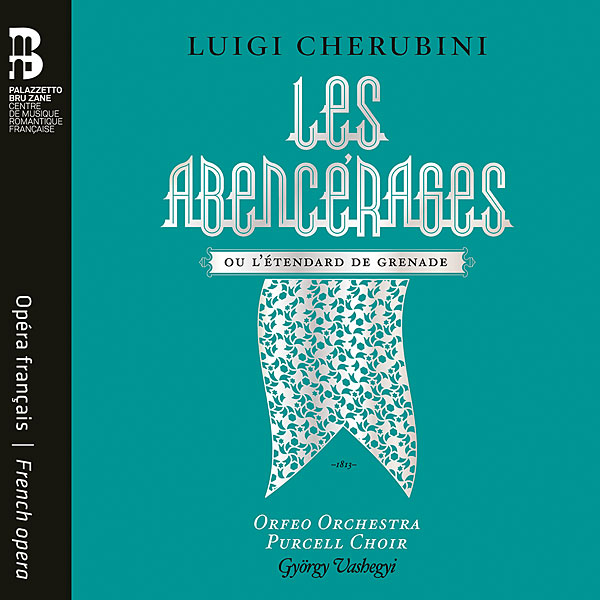
Soloists/Orfeo Orch/Vashegyi
Cherubini: Les Abencérages
Bru Zane BZ1050 (three CDs; downloads to 44.1kHz/16-bit res)
Almanzor (Edgaras Montvidas on the ringing form of his Royal Opera appearances) belongs to the Abencerrage clan of the title in Cherubini's magnificent opera of 1813. But he loves Noraïme (the youthfully vibrant Anaïs Constans) from the rival Zegri family. The ensuing, happy-ending feud plays out to a backdrop of Moorish-Christian politics in Grenada, adding Spanish colour to Cherubini's masterful synthesis of Italian high drama and French spectacle (plenty of dancing). This first modern recording, Budapest-made with vivid period forces and colours, makes the piece an engrossing chapter in the story of French grand opera from Les Boréades to Les Troyens. PQ
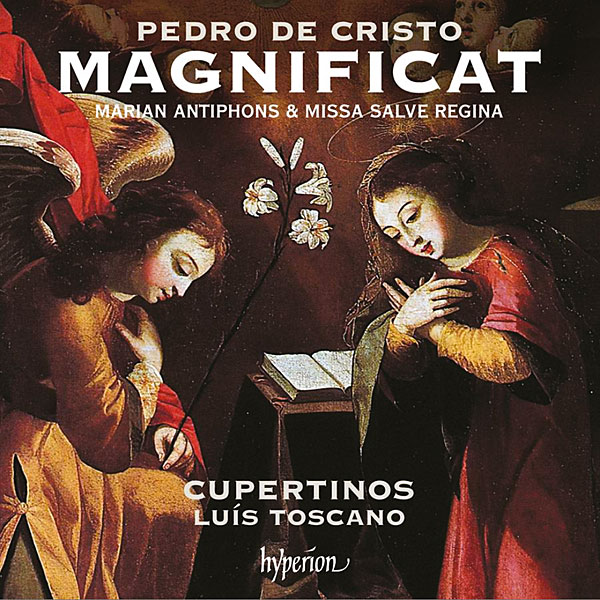
Cupertinos/Luis Toscano
Missa salve regina, Marian antiphons
Hyperion CDA68393 (downloads to 96kHz/24-bit resolution)
A golden-age polyphonist to set alongside Lobo and Cardoso, Pedro de Cristo made no less substantial contributions to the cult of the Virgin in late 16th-century Portugal. Music, performances and engineering all glow with gentle radiance, filling the Basilica at Braga without drowning in its resonance. Cristo writes within a narrow compass; the effect in a motet like Beata viscera is not of densely overlapping events (unlike, say, Gombert) but a calm, collective working of voices towards a common goal – as we might expect on an album of hymns and prayers to Mary. Smoky Iberian colours from the Cupertinos voices, and rhythmically springy direction. PQ
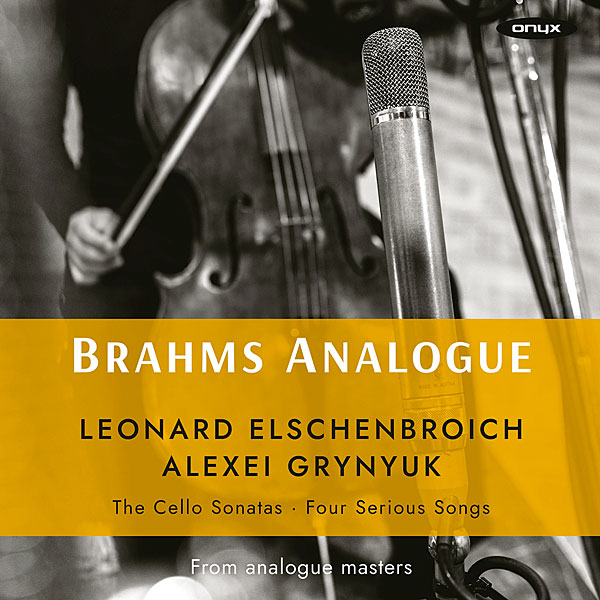
Leonard Elschenbroich, Alexei Grynyuk
Brahms: Cello Sonatas Opp.38/99, Four Serious Songs
Onyx ONYX4226 (downloads to 96kHz/24-bit resolution)
An LP version is due, but the CD of this new, analogue-made Abbey Road recording still delivers the '60s vibe apparently sought by Elschenbroich: living-room authentic, with the cello almost in your lap, while Grynyuk's touch evokes the sound of an old Bechstein. The sound complements the spontaneous warmth of their performances. They keep a pulse flowing through the long Op.38(i) and take care to make the F major the bigger, more heroic work. In his own arrangement of the four Songs, Elschenbroich shrewdly confides in the mic. rather than projecting them as songs without words, at least until the melting despair of No 3. PQ





